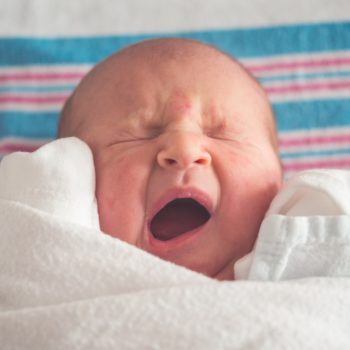Many new parents watch eagerly to see if their child is hitting developmental milestones, poring over parenting books and consulting doctors at the smallest hint of difficulty. Yet even if they start to notice signs that their child may be among the one in six who have a developmental disability, parents generally have to wait and watch to know for sure. In the case of autism, caregivers often notice differences in their child’s first one to two years, even as the average age of formal diagnosis remains at 4 to 5 years old.
What if we could recognize signs of developmental disorders much earlier, saving parents years of confusion and worry and helping address challenges sooner? At Brown University’s Hassenfeld Child Health Innovation Institute, we’re studying “biomarkers” that have the potential to identify a child’s risk for autism and other developmental disorders well before more obvious symptoms are apparent. Initial research, for example, suggests that characteristics in the cry of a one-month old infant have the potential to predict whether they will later be diagnosed with autism…
Read the full article online at The Boston Globe.
This article was produced by Footnote in partnership with the Hassenfeld Child Health Innovation Institute at the Brown University School of Public Health.





